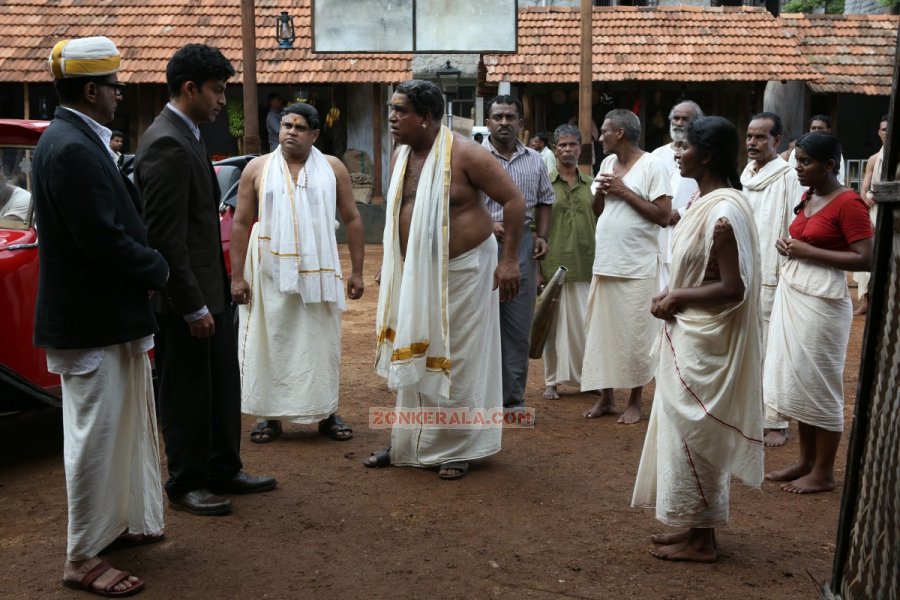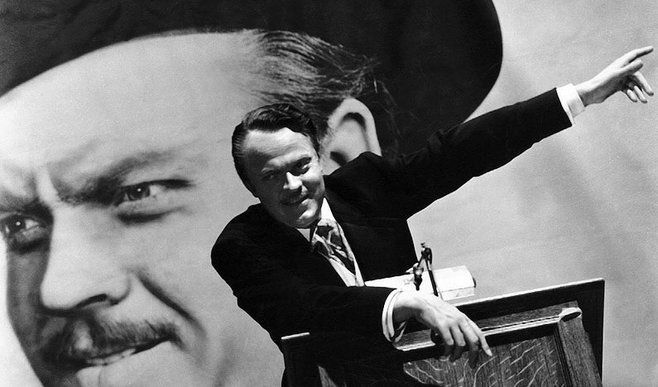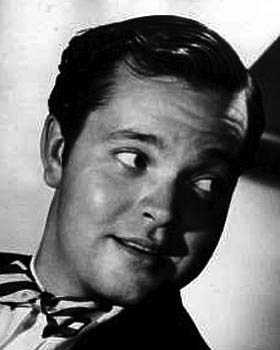Written & Directed by Kamal
Starring Prithviraj, Mamta Mohandas, Chandni, Sreenivasan
Cinematography Venu
I have a hunch that more than telling the story about a long-forgotten pioneer in Malayalam cinema, director Kamal (not to be confused with actor-director Kamal Haasan) wanted to take his viewers through a journey to the times when films where made on film and projected through film. Though 35mm screenings have remained the norm until a few years back(I'm talking about India), the movie going public were largely ignorant of how a series of 24 still pictures flickered on the silver screen to create movement ever since they were bombarded with several video formats like the VHS, VCD, DVD and now the Blu-Ray. Nostalgic crap, you would say, but it is also evident of the attachment an artist can have with his tools.
This feeling for a fast-dying tradition is evoked throughout the movie, right from the first scene when a child burns an entire reel of film down to the last scene, where JC Daniel's last son, Harris (Prithviraj again) confesses that he had burned the only copy of Vigathakumaran (The Lost Child), the first film made in Kerala, by a Keralite. Several such glimpses abound in the movie, like in the scene where he holds out a strip of film to his wife Janette (Mamta Mohandas) and explains how the illusion of movement is created. Another moment is while he lovingly rewinds a reel of Chaplin's The Kid and briefly dwells on Chaplin's image embedded on each frame.
One of the disappointments I encountered with Paresh Mokashi's Harishchandrachi Factory, which documented the making of the first Indian film Raja Harishchandra, was that despite the better quality in the acting, the filmmaker hardly touched upon this aspect, and worse, treated silent films as an anachronism. Celluloid, on the other hand, dwells on its protagonist JC Daniel's (Prithviraj) initial fascination with the film medium and is more respectful of the early films, as seen when the local townspeople witness a screening of The Kid which is held in high regard by our protagonist. If the film is to be believed, JC Daniel had set his ambitions higher, and unlike the staple mythological films made in the country at the time, wanted to make a "social drama" that could stand on a par with Chaplin's masterpiece.
The first half of the films are laden with a lot of humour, when Mr Daniel begins shooting his film and has to handle actors who have never seen a motion picture camera before. The social context of the times is also an important sub-plot in the film, especially the despicable tradition of caste oppression, which Daniel boldly defies by roping in a lower-caste woman Rosamma (Chandni) for the role of a Nair woman in his film. This will turn out to be the nemesis for Vigathakumaran, the film whose fate turns out to be exactly that of its title.
The film's second half chronicles how Chelangatt Gopalakrishnan (Sreenivasan), the writer, catches up with an aged, impoverished and forgotten Daniel and writes his biography, the only source of reference for anything related to the pioneer, and we follow his struggles as he tries to get the government to give the forgotten pioneer credit as the father of Malayalam Cinema. Though not as interesting as the first half, it still is an interesting watch, thanks to a decent script by its director Kamal.
I would, however, not call the film a masterpiece, especially not when you have Prithviraj, the lead actor, delivering an uninspired performance, which is the same of all his films. But you take it for granted that there are no other actors in the industry young enough and can get the Travancore accent right, besides the fact that you need a familiar face to bring the audience to the theatres. Equally unimpressive is Mamta Mohandas' performance, though she does better in the second half as the aged wife. This handicap of the film is given redemption by a strong supporting cast and by some impressive production design.
Despite its flaws, Celluloid is still a recommended watch since it is, to me, more original than what normally passes for as "new generation" cinema in Kerala and the downplaying of musical numbers as seen in a handful of recent releases is indicative of a sort of recovery in Malayalam cinema, which, for more than a decade, was hell bent on churning out stuff that looked like its counterparts in Tamil and Hindi.
Starring Prithviraj, Mamta Mohandas, Chandni, Sreenivasan
Cinematography Venu
I have a hunch that more than telling the story about a long-forgotten pioneer in Malayalam cinema, director Kamal (not to be confused with actor-director Kamal Haasan) wanted to take his viewers through a journey to the times when films where made on film and projected through film. Though 35mm screenings have remained the norm until a few years back(I'm talking about India), the movie going public were largely ignorant of how a series of 24 still pictures flickered on the silver screen to create movement ever since they were bombarded with several video formats like the VHS, VCD, DVD and now the Blu-Ray. Nostalgic crap, you would say, but it is also evident of the attachment an artist can have with his tools.
This feeling for a fast-dying tradition is evoked throughout the movie, right from the first scene when a child burns an entire reel of film down to the last scene, where JC Daniel's last son, Harris (Prithviraj again) confesses that he had burned the only copy of Vigathakumaran (The Lost Child), the first film made in Kerala, by a Keralite. Several such glimpses abound in the movie, like in the scene where he holds out a strip of film to his wife Janette (Mamta Mohandas) and explains how the illusion of movement is created. Another moment is while he lovingly rewinds a reel of Chaplin's The Kid and briefly dwells on Chaplin's image embedded on each frame.
One of the disappointments I encountered with Paresh Mokashi's Harishchandrachi Factory, which documented the making of the first Indian film Raja Harishchandra, was that despite the better quality in the acting, the filmmaker hardly touched upon this aspect, and worse, treated silent films as an anachronism. Celluloid, on the other hand, dwells on its protagonist JC Daniel's (Prithviraj) initial fascination with the film medium and is more respectful of the early films, as seen when the local townspeople witness a screening of The Kid which is held in high regard by our protagonist. If the film is to be believed, JC Daniel had set his ambitions higher, and unlike the staple mythological films made in the country at the time, wanted to make a "social drama" that could stand on a par with Chaplin's masterpiece.
The first half of the films are laden with a lot of humour, when Mr Daniel begins shooting his film and has to handle actors who have never seen a motion picture camera before. The social context of the times is also an important sub-plot in the film, especially the despicable tradition of caste oppression, which Daniel boldly defies by roping in a lower-caste woman Rosamma (Chandni) for the role of a Nair woman in his film. This will turn out to be the nemesis for Vigathakumaran, the film whose fate turns out to be exactly that of its title.
The film's second half chronicles how Chelangatt Gopalakrishnan (Sreenivasan), the writer, catches up with an aged, impoverished and forgotten Daniel and writes his biography, the only source of reference for anything related to the pioneer, and we follow his struggles as he tries to get the government to give the forgotten pioneer credit as the father of Malayalam Cinema. Though not as interesting as the first half, it still is an interesting watch, thanks to a decent script by its director Kamal.
I would, however, not call the film a masterpiece, especially not when you have Prithviraj, the lead actor, delivering an uninspired performance, which is the same of all his films. But you take it for granted that there are no other actors in the industry young enough and can get the Travancore accent right, besides the fact that you need a familiar face to bring the audience to the theatres. Equally unimpressive is Mamta Mohandas' performance, though she does better in the second half as the aged wife. This handicap of the film is given redemption by a strong supporting cast and by some impressive production design.
Despite its flaws, Celluloid is still a recommended watch since it is, to me, more original than what normally passes for as "new generation" cinema in Kerala and the downplaying of musical numbers as seen in a handful of recent releases is indicative of a sort of recovery in Malayalam cinema, which, for more than a decade, was hell bent on churning out stuff that looked like its counterparts in Tamil and Hindi.





